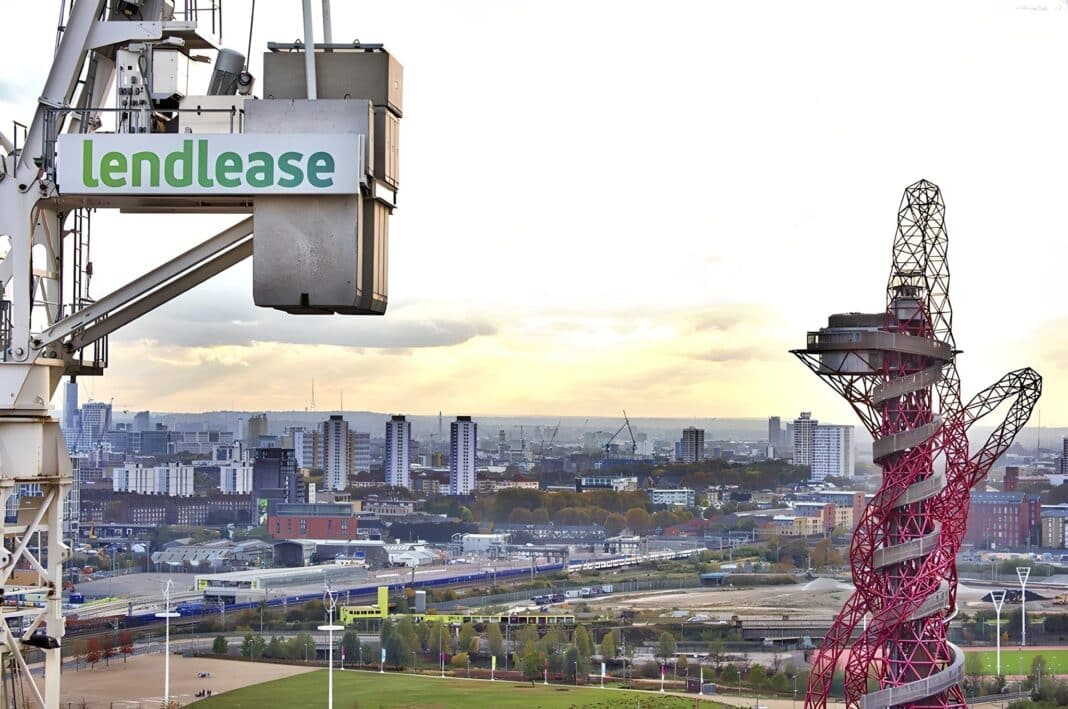Lendlease is expanding its presence in Australia’s increasingly build-to-rent market, with the construction giant partnering with global partners—many Japanese—as it looks to become the dominant developer in a new asset class that requires new types of housing and materials.
In May, Wood Central revealed that Lendlease was selling out of more than $4B in UK and North American assets – including the US Army’s cross-laminated timber Privatised Army Lodging (PAL) program – with the contractor vowing to reinvest 75% of its capital back into Australia, including the 55-storey ‘Halo’ $1.8 billion development, the world’s tallest mass timber tower under development in central Sydney.
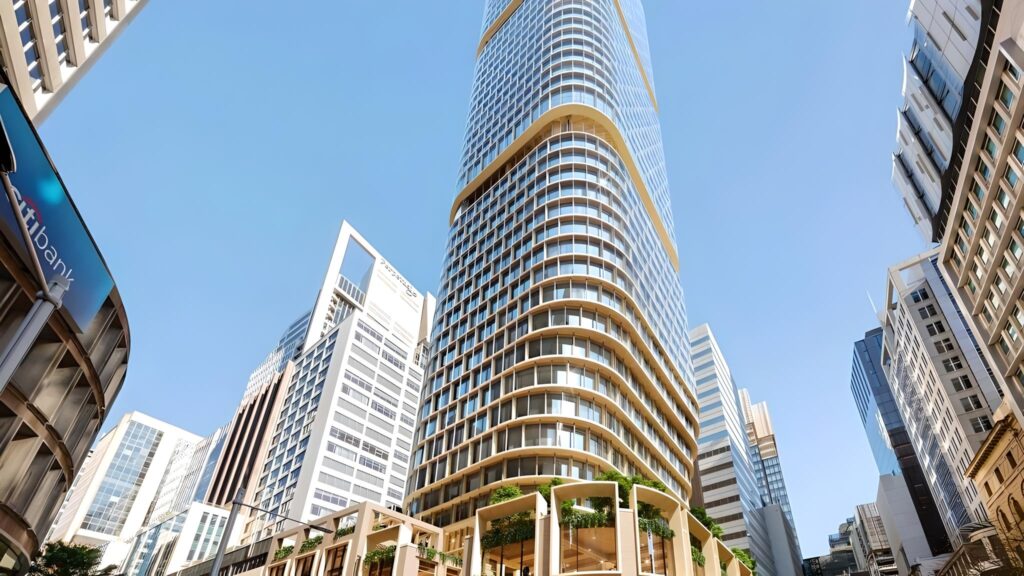
The latest includes a new $500 million, 499-unit build-to-rent complex in Melbourne’s Docklands, its third in Australia, in a 60/40 partnership with Japanese steel conglomerate Nippon Steel Kowa Real Estate (NSKRE):
“The launch of our first-ever partnership with NSKRE to deliver a new build-to-rent development on Melbourne’s waterfront represents a strategic opportunity to leverage our shared global expertise,” said Tom Mackellar, Lendlease’s head of development.
“This announcement also highlights the continuing demand from our Japanese partners for high-quality opportunities from our Japanese partners for high-quality opportunities across our development pipeline.”
Why is Australia good business for Japanese developers?
Last week, Wood Central revealed that Sumitomo Forestry Group acquired a 51% stake in Metricon, Australia’s largest greenfield builder, months after pledging to spend $1.2 billion to develop build-to-rent projects in Brisbane, Canberra, Melbourne and Auckland out of mass timber.
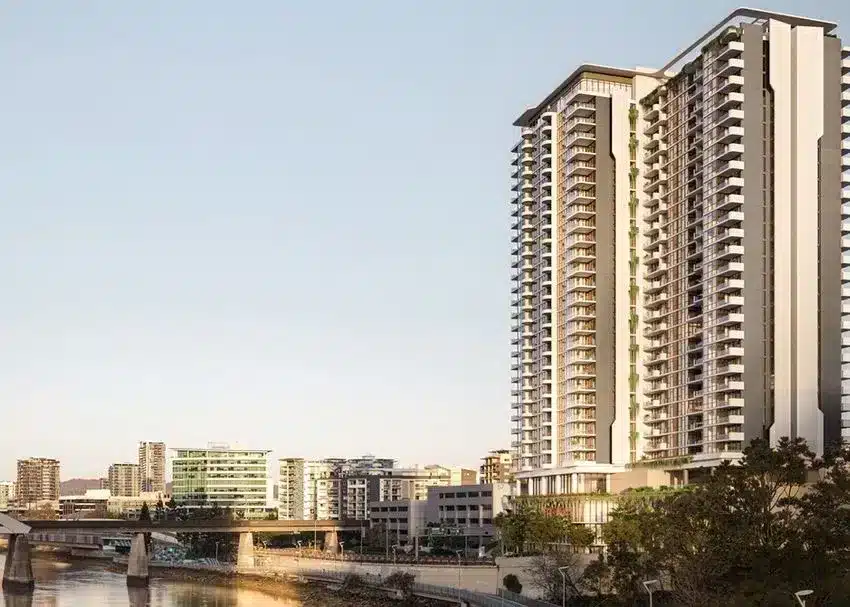
It comes as several of Japan’s top builders are piling into the Australian real estate market as a hedge against Japan’s sliding housing market, which has seen 2024 housing start shrinking to half of 1994 levels.
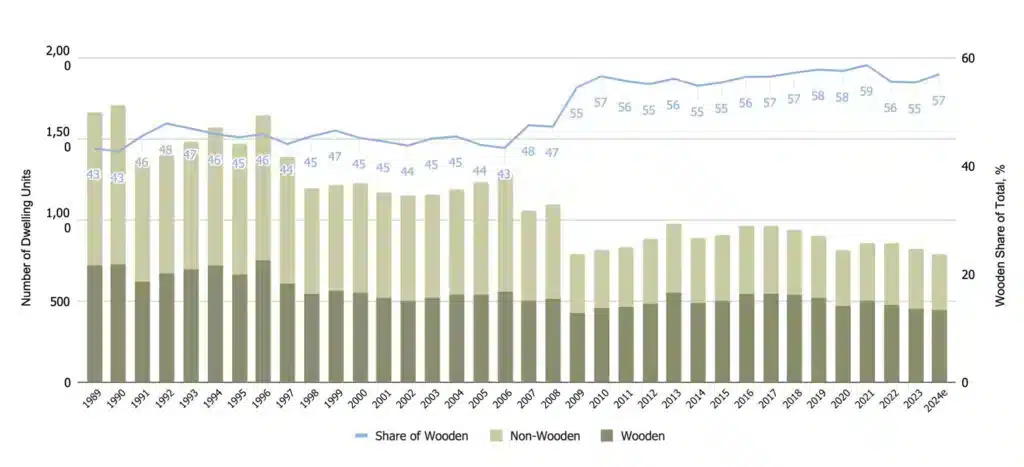
“NKSRE has always prioritised collaborating with reliable local partners when expanding our operations overseas,” said Itaru Ishihara, the Managing Director of the steel-giants international business. “As we make our inaugural entry into the Australian market, we are delighted to partner with Lendlease, a company renowned for its outstanding achievements and significant presence in Australia.”
Why is Builld-to-Rent such a lucrative market in Australia?
As it stands, there are more than 60 build-to-rent projects, either planned or in construction, delivering 20,000 new dwellings in Australia, according to Ernst & Young. Build-to-rent housing is relatively common in countries like the US and the United Kingdom, but it’s only recently gathered momentum in Australia – with Lendlease now having 2,700 units in the pipeline.
JLL research found that 4,486 build-to-rent apartments have been constructed nationwide, with approximately 2,000 under construction last year—a number that will balloon to 55,000 by 2030, according to the Property Council of Australia.
Last month, MODEL – an Australian developer who has now revealed plans to build a 17-storey, 200-unit build-to-rent complex in Abbotsford, Melbourne – revealed plans to build 5,000 build-to-rent apartments in Melbourne’s inner northern suburbs (all from cross-laminated timber).
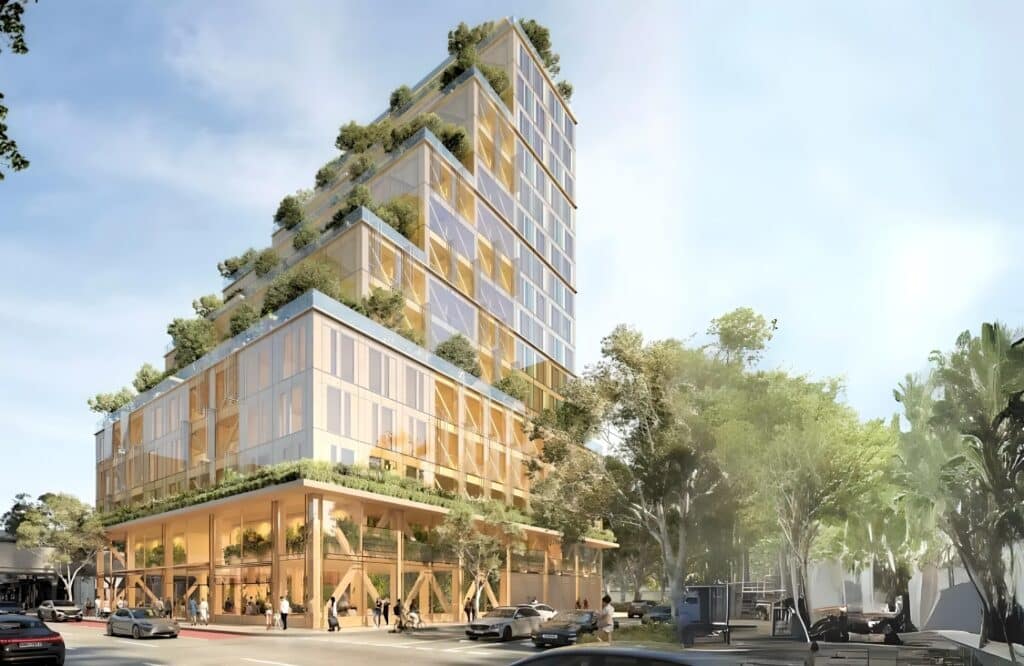
“We bring a bold voice to rental housing by playing in a largely unexplored space: the intersection of socially and environmentally responsible housing,” according to MODEL. “Our projects – designed for Passive House certification, with mass timber construction, and a 6 Green Star rating – are poised to set a global benchmark in reducing emissions.”
“By integrating our three core pillars—Passive House Certification, Mass Timber Construction, and a 6 Star Green Star Rating—we are actively contributing to a future where buildings reduce emissions and enhance the well-being of both people and the planet.”
- To learn more about the push by Japanese conglomerates to invest into the Australian and North American markets, click here for Wood Central’s special feature.



